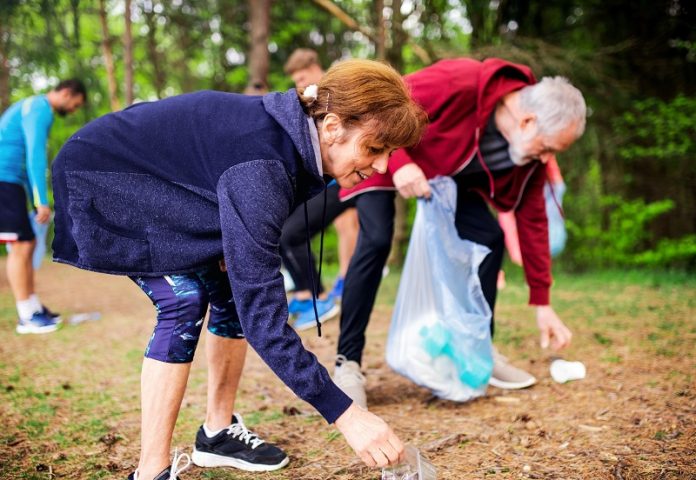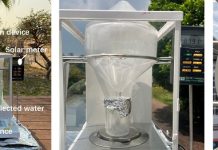
Engineers from Stanford University, Michael Lepech and Zhiye Li, have envisioned a unique future where plastic waste is repurposed to construct roads, buildings, and more.
Their groundbreaking research explores the viability of recycling plastics in a circular economy and examines the long-term durability and environmental costs of using them in infrastructure.
In this article, we’ll delve into their findings and discuss the obstacles, opportunities, and potential applications of upcycling plastic waste.
Repurposing Plastic Waste: Obstacles and Opportunities
One of the major challenges highlighted by Lepech and Li is the economic and logistical complexity of managing plastic waste streams from municipal solid waste.
Plastic waste is highly diverse, with variations in type and mass, making it difficult to handle consistently.
However, the potential for recycling entire buildings made of polymer composites could revolutionize the industry. Uniform composition and larger material quantities would simplify the recycling process, making it more feasible for use in other infrastructure projects.
Lessons for the Circular Economy
The upcycling of plastic waste in infrastructure serves as an exemplary model for creating value through demand.
To achieve this, recycled plastic blended construction materials must meet specific performance requirements while maintaining lower environmental impacts than traditional alternatives.
The research paper recommends improving waste sorting practices, supporting innovation in plastic upcycling, establishing performance databases for specific plastic blends, and developing predictable models for material durability under various usage conditions.
Environmental and Business Advantages
Upcycling plastic waste offers both environmental and business benefits.
Firms involved in circular economy value chains may gain regulatory advantages, such as extended operating licenses or flexibility with regulatory agencies.
Operational efficiencies can be achieved by reducing dependence on virgin fossil resources. Risk management improves with lower potential for environmental emergencies and reduced insurance premiums.
Additionally, businesses can tap into markets that value sustainability, leading to growth and strategic clarity.
Exploring Potential Applications
While buildings and roadways present significant opportunities for upcycling plastic waste, there are other potential applications as well.
Packaging, which accounts for over 60% of global recycled plastic, offers short-term uses but limited longevity.
Automotive parts can be produced using recycled plastic, but the amount required is relatively small.
Although various possibilities exist, few applications match the quantity of plastic waste utilized or the durability of infrastructure projects.
Key Takeaways
The transformation of plastic waste into valuable materials for infrastructure holds immense promise for building a sustainable future.
By addressing challenges and capitalizing on opportunities, we can create a circular economy where plastic waste is repurposed effectively, reducing environmental impact and promoting economic growth.
Through continued research, innovation, and collaboration, we can pave the way for a greener, more resilient world.
Follow us on Twitter for more articles about this topic.



